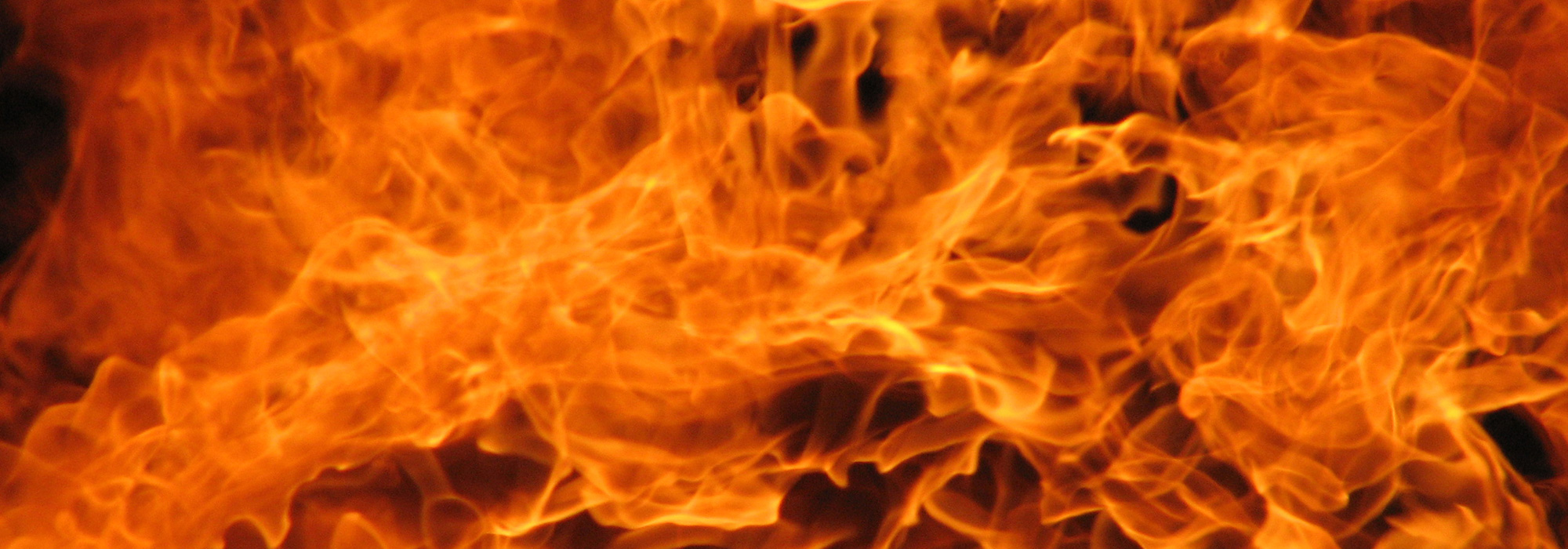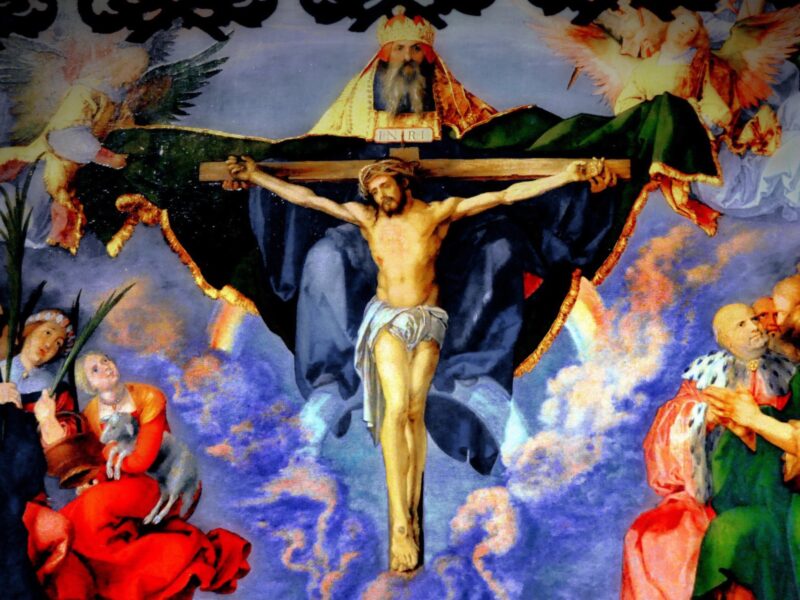
The Living Temple
Third Sunday of Lent. Fr Jonathan Fleetwood sees in the so-called ‘cleansing of the temple’ a sign of both the death and resurrection of Christ.
The Gospel for today from St. John is sometimes called ‘The cleansing of the Temple’. It is not just about the upsetting of the traders in the Temple: the money changers and the sacrificial victim sellers. It bodes the destruction of the Temple. It bodes the renewed establishment of the Temple in the resurrected body of Jesus Christ, the new sanctuary. It is an event in Jesus’s life leading into his future, but also pointing to the fulfilment of the past.
In the Old Testament past two prophets had boded about ‘the Day of the Lord’. Zechariah 14.21 had seen the end-time as involving the end of the temple traders, seen as the sellers or hirers of ritually pure vessels. Malachi 3.3 had also seen a ‘Day of the Lord’, but this time the sons of Levi, the corporate priesthood, would be purified.]
The images of the purification are interesting. They would be refined or reduced like metal to gold and silver. They would be purified like cloth being bleached. The process of this reduction and purification would have, as means, the aspect of judgement, but the force of the passage seemed to stress the end result, the gold, the silver and the bleached cloth. For the appreciation of bleached cloth, think of the Transfiguration of Jesus when it is said that his clothes became dazzlingly white, whiter than any earthly fuller could make them. The fuller ‘purifies’. Malachi’s scene is for ‘The Day of the Lord’, the day for the Lord to come suddenly into his Temple with the angel of the covenant.
In the New Testament, Stephen in his speech to the crowd in the Acts of the Apostles before his stoning sees the Prophet Isaiah boding the end of the Temple when Isaiah says, ‘Heaven is my throne and earth my footstool. What house would you build for me, says the Lord or what is the place of my rest? Did not my hand make all these things?’ The implication of the Temple being ‘made by human hands’ has the echo of the way in which idols are made. In a way we can see that not only the Temple as building is coming to the end of its time but also the process of making the sacrifices is also at a time of coming to its end. It is also the work of human hands. (The Jewish tradition has also for the best part of two thousand years seen the end of the main fabric of the Jerusalem Temple and the end of animal sacrifice.)
The first reading today of the Ten Commandments from Exodus reinforces and links the Old Testament to the New Testament. The Temple was the sign of the presence of God in a special way. The presence of God was linked to the Covenant with God, the Commandments of God. This Covenant united a whole people in unity with the One True God. Their unity reflected His unity. The special presence of God drew the people’s religious responses in praise, asking and desire for reconciliation with God.
St John in the Gospel sees the death of the Temple as foreshadowing the death of Jesus, but also the resurrected Jesus will be the New Temple of worship. For the Christian the resurrected Jesus is especially present in the Eucharist. This is a fulfilment of the Old Testament. Churches of a certain period and tradition would have the Ten Commandments printed on the walls of their churches. As we go towards Easter the catechumens’ spiritual completion will be in receiving the Eucharist. The Old Testament elements are there in a new way.
The Presence of God: The risen Christ is especiallyreceived and recognised in Eucharistic worship. The congregation is called and met together.
The unity of the People of God is brought about and recognised in this act. Their unity stems from Jesus’s unity with the Father in the Holy Spirit. We are one in the Blood of the New Covenant wherever in the world we celebrate the Eucharist.
The multiplicity of our religious desires are united in the sacrificial intentions and offering we bring forward in the Eucharist: offerings of praise, asking and need for reconciliation.


